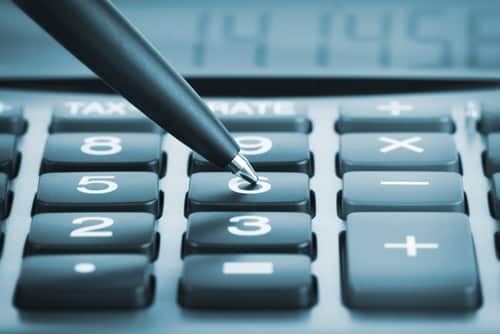Anyone who’s even so much as looked into property investment has probably heard the terms negative and positive gearing. Allow us to explain what these terms actually refer to and what kind of significance they hold for your investment goals.
What do positive and negative gearing mean?
The way your investment property is geared simply refers to whether or not your property is making a net profit or loss. If the income generated by the property through rent outweighs the costs and expenses associated with it, it is positively geared. If the expenses are greater than the income, then it is negatively geared.
How does a property make a loss?
Maintaining an investment property comes with a variety of different costs that the owner must take care of. There are the regular maintenance and repairs costs to keep the property in good shape. There are also ongoing payments, such as rates, or the interest charged on your mortgage. Finally, if you are using the services of a property manager, there are fees that come with that too. All of this can add up to exceed the amount you’re making from charging rent.
Why do people intentionally negatively gear their properties?
Negative gearing is typically used by those in higher income brackets. This is because the loss one makes on the property can be offset against the rest of one’s income. This can then be used to put yourself in a lower tax bracket, or to receive a larger refund come tax season.
Are there advantages to positive gearing too?
There a number of benefits to positively gearing a property. For one, having a rental income coming through can help you pay off your mortgage faster, as well as generally give you more money in your pocket. It’s also a less risky option, as if your financial circumstances change you’ll have a second source of income to fall back on. This way, you’ll be less likely to need to sell any assets to get by.

